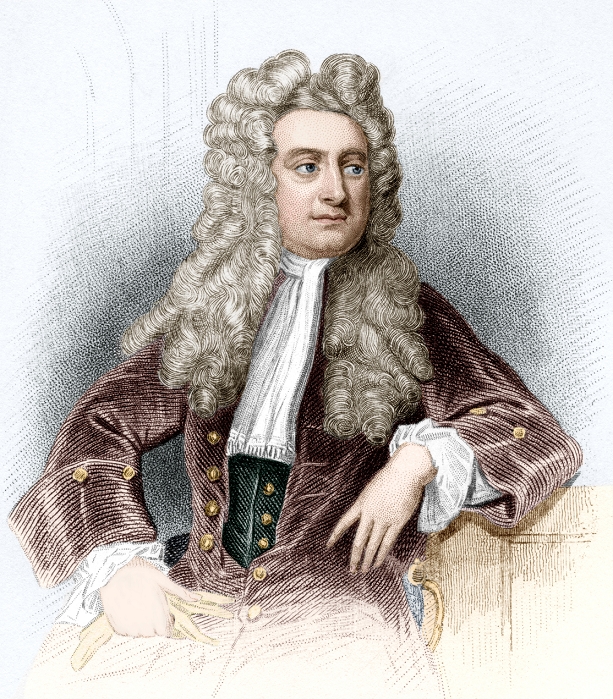
ED
The World's Greatest Man Isaac Newton (Date unknown)
*** THIS PICTURE MAY NOT BE USED TO STATE OR IMPLY ROE ENDORSEMENT OF ANY COMPANY OR PRODUCT *** *** THIS PICTURE MAY NOT BE USED TO STATE OR IMPLY ROE ENDORSEMENT OF ANY COMPANY OR PRODUCT *** Newton's death mask. Death mask of English physicist Sir Isaac Newton (1642-1727), made from a cast of the dead man's face. Newton's death mask was made by sculptor J.M. Rysbrack (c.1693-1770) and used as a template for the statues now in Westminster Abbey and Trinity College, Cambridge. The original mask, which can be seen in the library of the Royal Society of London, was copied during the 19th century when the fashion for phrenology (studying character through bumps in the head) made such relics desirable. This copy bears the number 44.
Details
ID
10588301
Collection
License type
Editorial
Photographer
Creation date
17-11-2010
Contact Aflo for all commercial uses.

More
Top Categories
